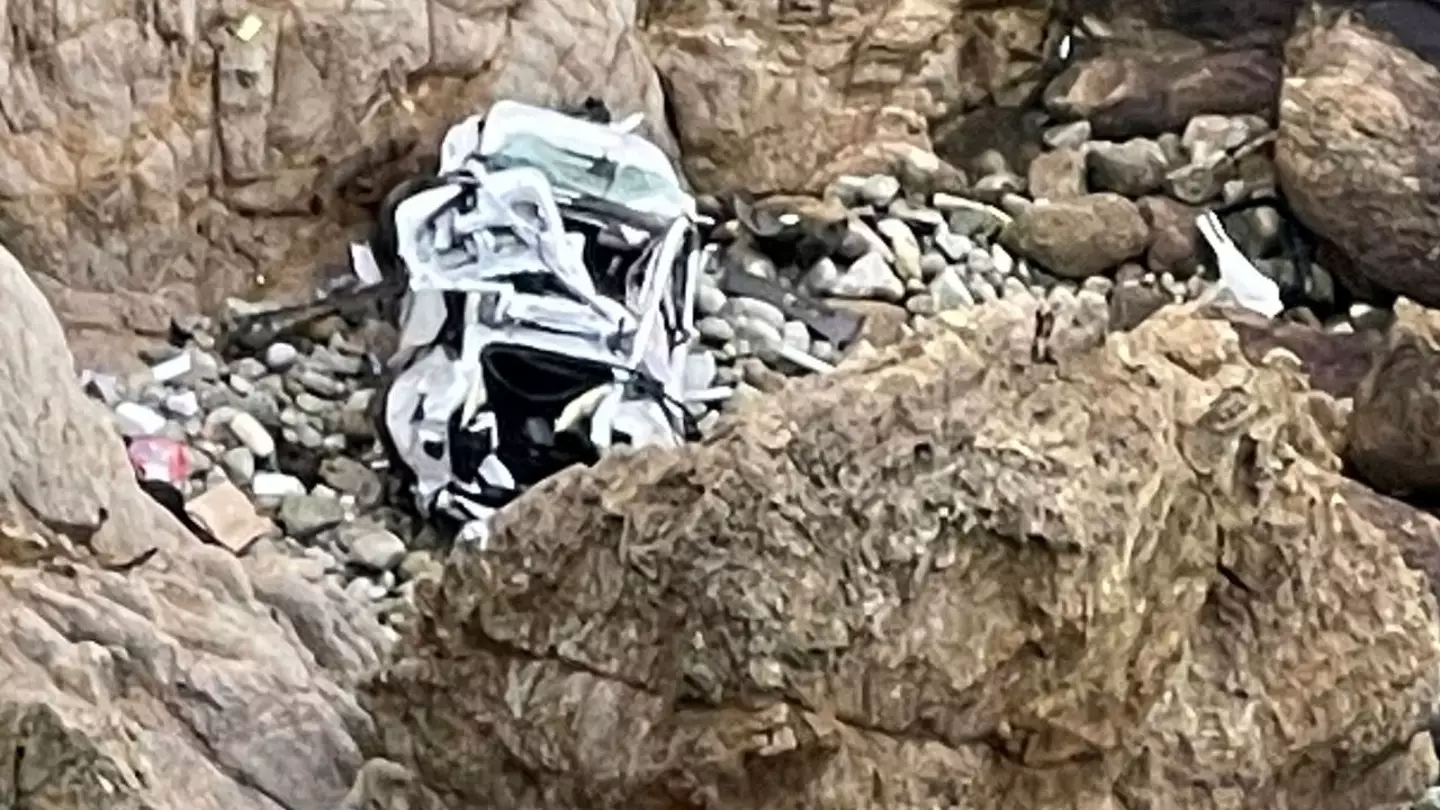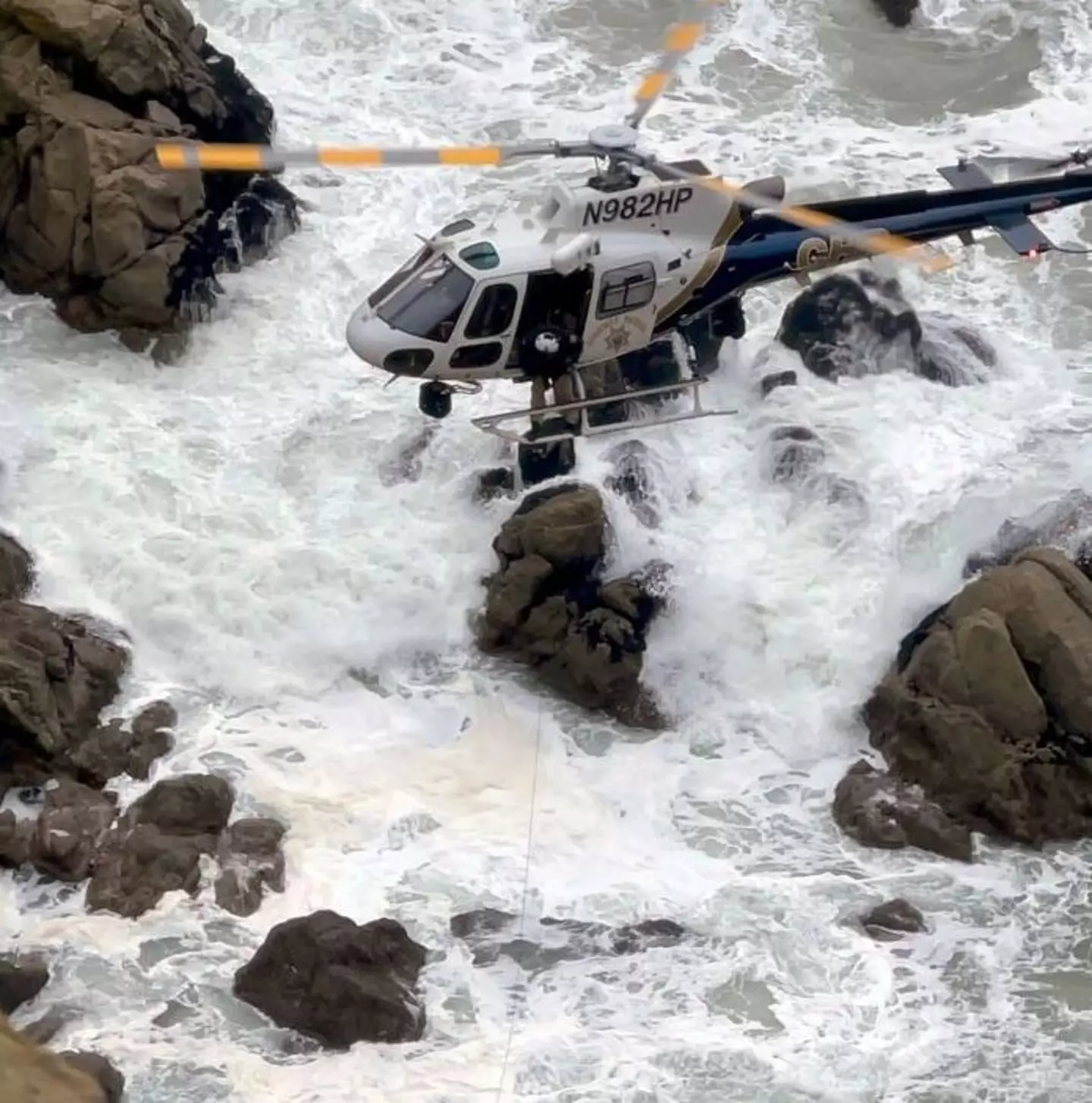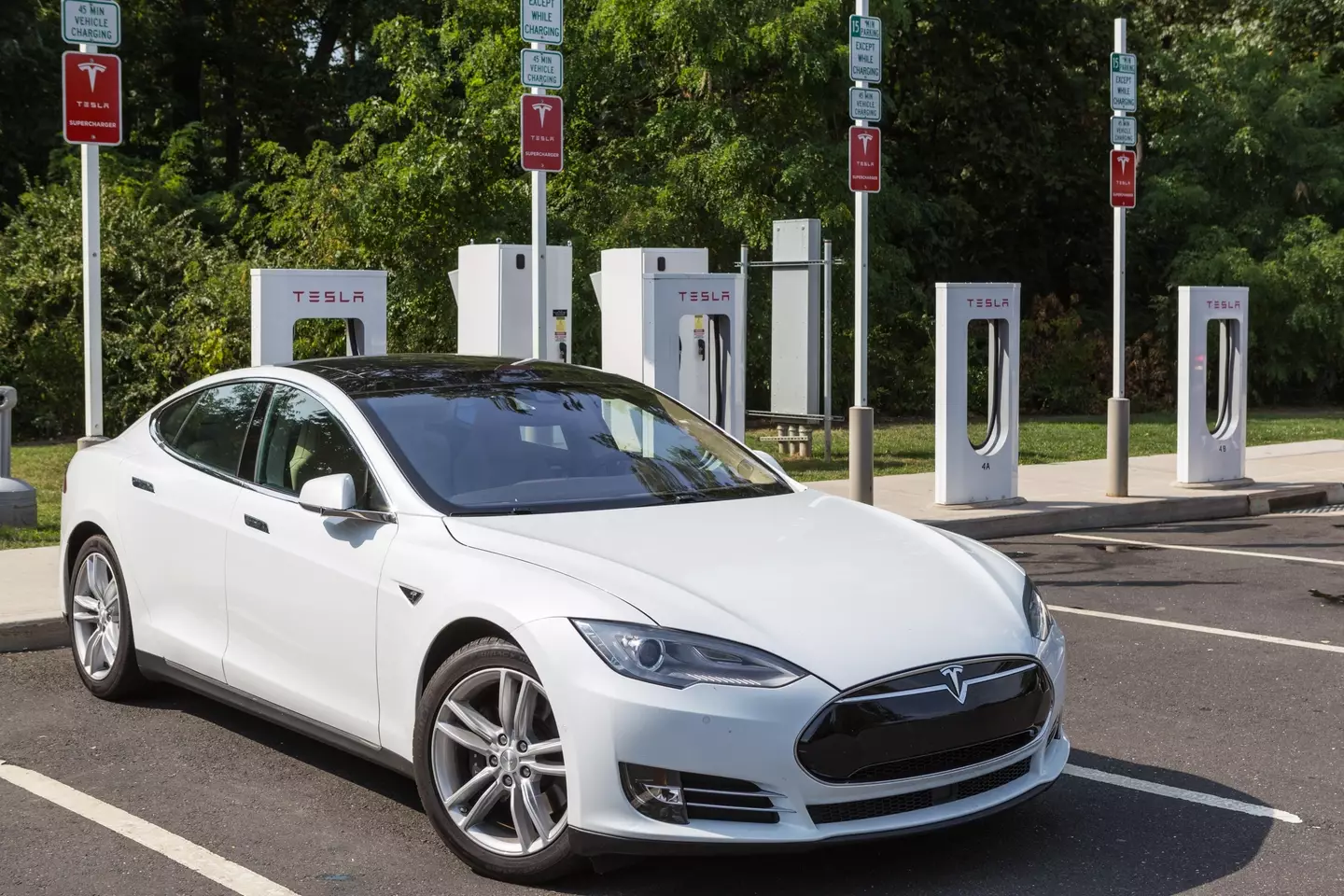
A forensic crash expert has explained how being in a Tesla helped to save the lives of four passengers whose car crashed off a 250-foot cliff.
Four people survived the terrifying crash after the car plunged off Devil's Slide, a cliffside above the Pacific Ocean south of San Francisco.
The incident, which happened on Monday (2 January), saw the car crash on to a rocky area of beach, with authorities admitting they were 'shocked' to discover that the passengers - two adults and two children - had survived the fall.

Advert
Professor Jahan Rasty said it is very rare to survive such a crash, but not completely unheard of.
Speaking to Business Insider about the Tesla safety features that likely helped to save the lives of the passengers.
Car crashes involve a transfer of energy and when a car stops abruptly in the event of a crash, the energy had to go somewhere
Cars are designed to dissipate the energy away from the passengers and one way to do is by ensuring the car cumples on impact so the energy bends the chassis in a process called energy dissipation.
Advert
Rasty, who is a professor of mechanical engineering at Texas Tech University, estimates the car was travelling at 77 miles per hour when it went off the road. It then fell 200 feet, rolled on the cliff several times before falling another 50 feet and landing on its tires.
Each time the car hit the side of the cliff, a bit of energy was dissipated as a side panel crumpled. This design feature meant not all the energy was focused in a single area.
Falling nose first, for instance, would mean the car would've absorbed all the energy at once.

Advert
Rasty said: "That is what saved them, the fact that the energy of the impact was distributed kind of evenly all, all around the car."
Plus, Tesla's roofs 'are about 30 percent stronger in terms of crash resistance' compared to regular cars, meaning they can support 'about four times the weight of the car' compared to the average three, Rasty shared.
Because Tesla's have their batteries in the middle of the car, unlike regular cars which have them under the bonnet, it was unlikely the car would fall nose first.
The Tesla's weight distribution means it is more likely to roll sideways.
Advert
Plus, the cars made by the company co-founded by Elon Musk employ a safety feature called steel step frame. This feature redirects energy to parts of the car that can handle it.

More details are emerging about the the horrifying events leading to the crash.
California authorities said the driver drove his family - including his wife and two children - off the cliff on purpose and he will now face attempted murder and child abuse charges, Reuters reports.
Advert
Dharmesh Patel, 41, a radiologist from Pasadena, his 41-year-old wife, their seven-year-old daughter and their four-year-old son all survived the crash with minor injuries.
